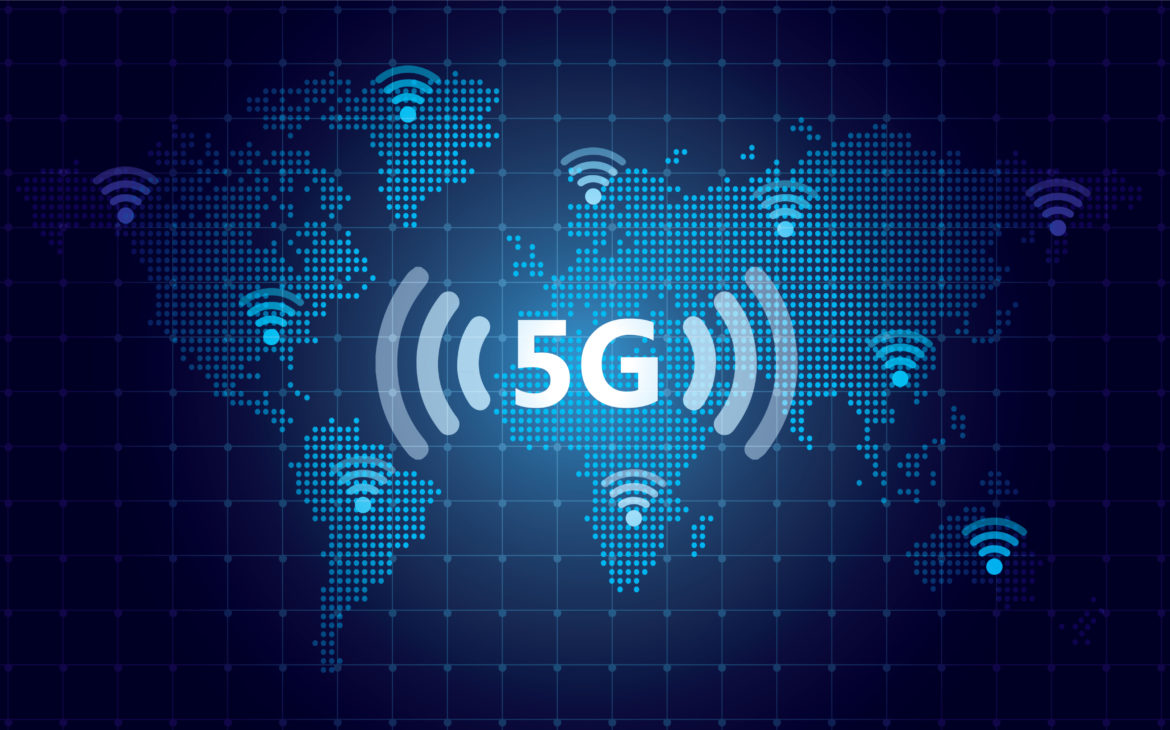A wide selection of affordable 5G smartphones and other devices will accelerate the development of the use of services on the new network, which is supported by the fact that telecom operators already offer attractive subscriptions to 5G services. Juniper Research advises operators to take advantage of the high level of virtualization of their 5G networks in order to develop new IP-based services that generate additional revenue streams. New 5G-based consumer devices, such as laptops and mobile routers, should be the key focus area for operators in the next couple of years, according to researchers.
The study anticipates geographical 5G coverage to expand and recommends bundling multiple device subscriptions under a single recurring payment to enable operators to generate revenue from multiple consumer devices.
“Device vendors are capitalizing on faster networks to add mobile connectivity to new consumer devices, and operators must respond by enabling users to access 5G across multiple devices under a single subscription; allowing subscribers to conveniently manage data,” remarked research co-author Charles Bowman.
The study also notes that the amount of generated cellular data will almost quadruple in five years, more specifically, that it should rise from 720 exabytes (1 exabyte is equal to 1 million terabytes) to 2,900 exabytes by 2026. This growth will reportedly be driven by an increasing demand for data over 5G connections and a substantial growth in cellular IoT devices. IoT devices are pieces of hardware, such as sensors, actuators, gadgets, appliances or machines from white goods to security systems, that are programmed for certain applications and can transmit data over the internet or other networks. By 2026, Juniper Research predicts that the number of cellular IoT devices will reach 6 billion, exceeding for the first time the global number of smartphones.
